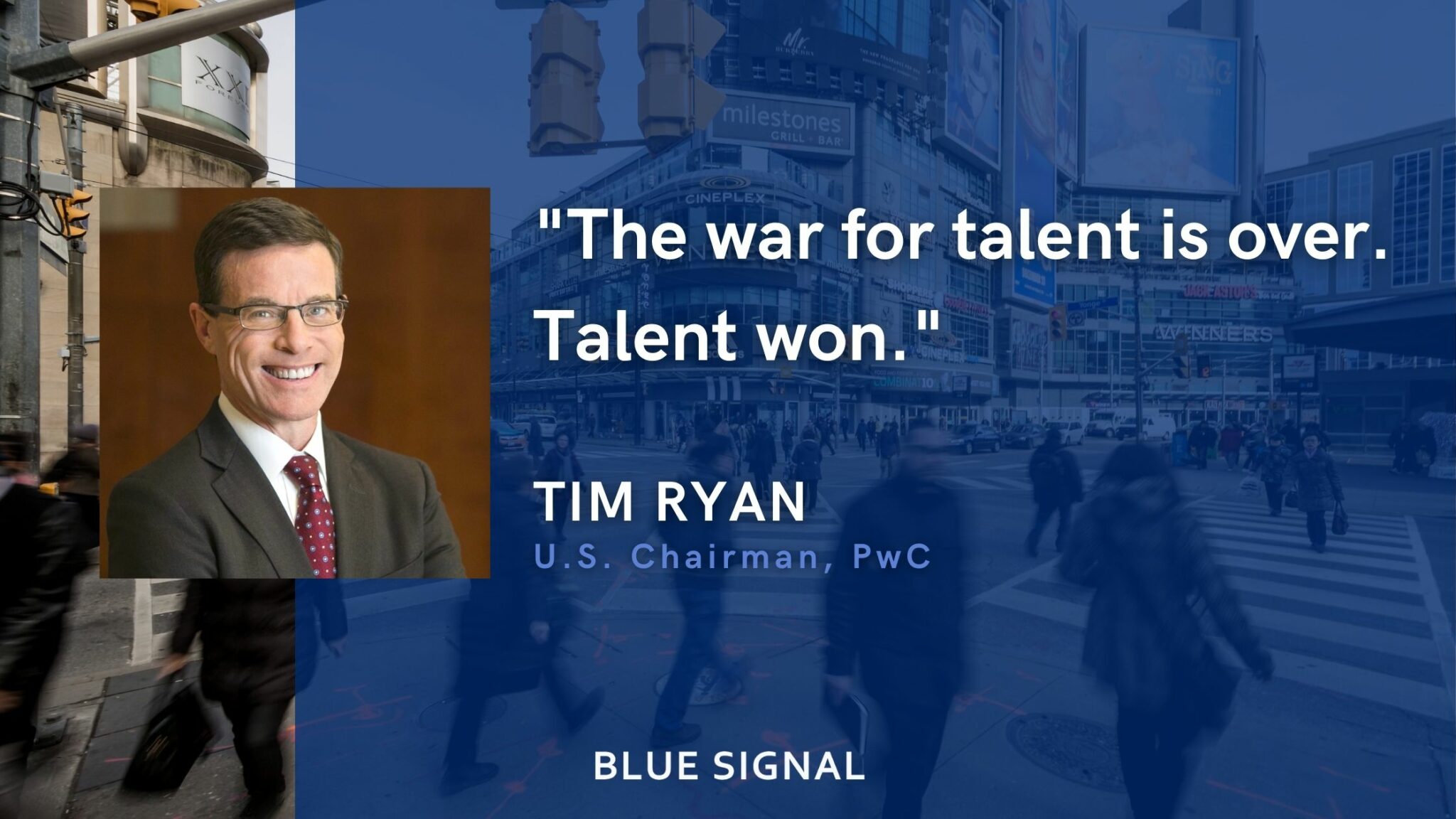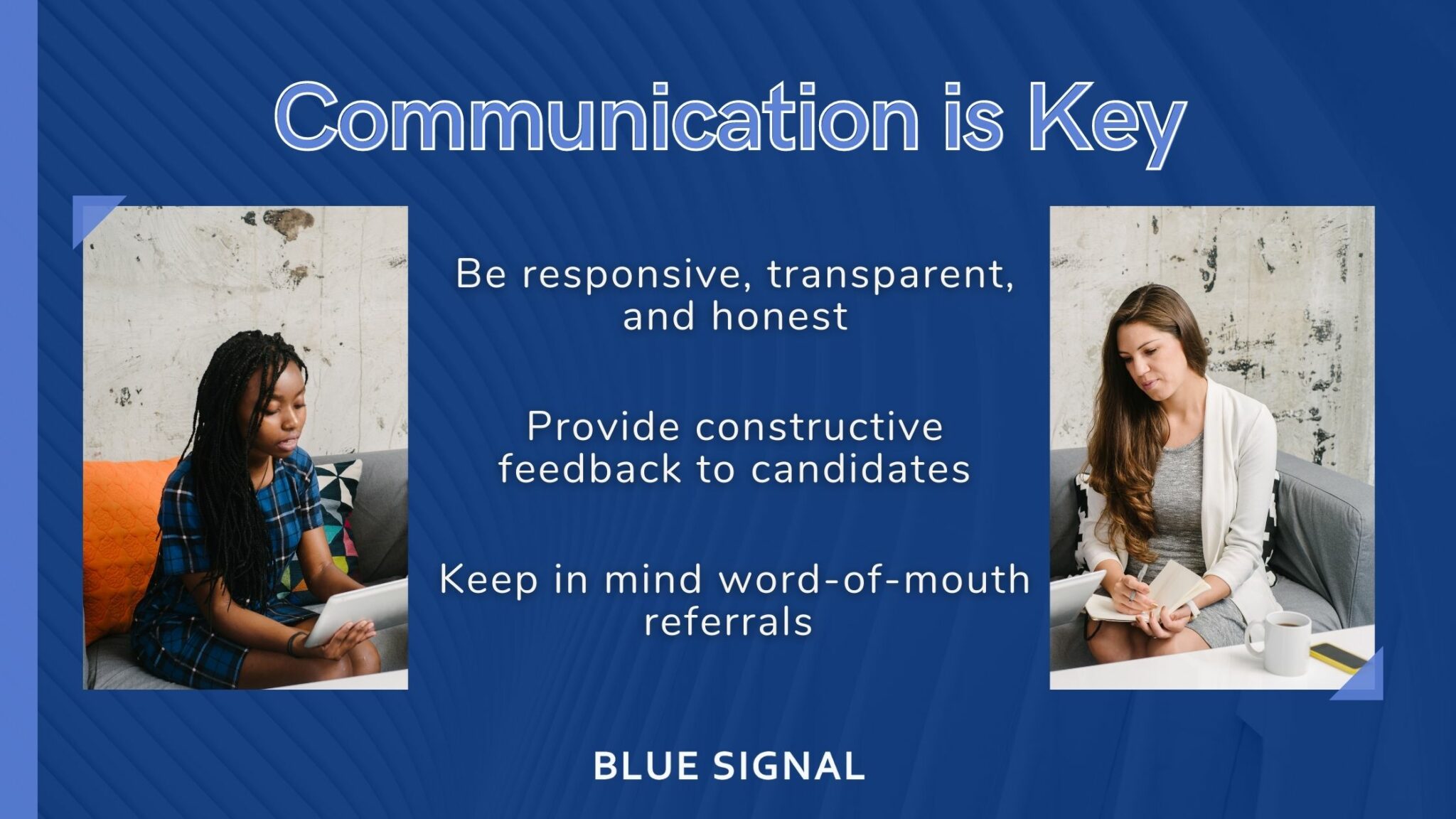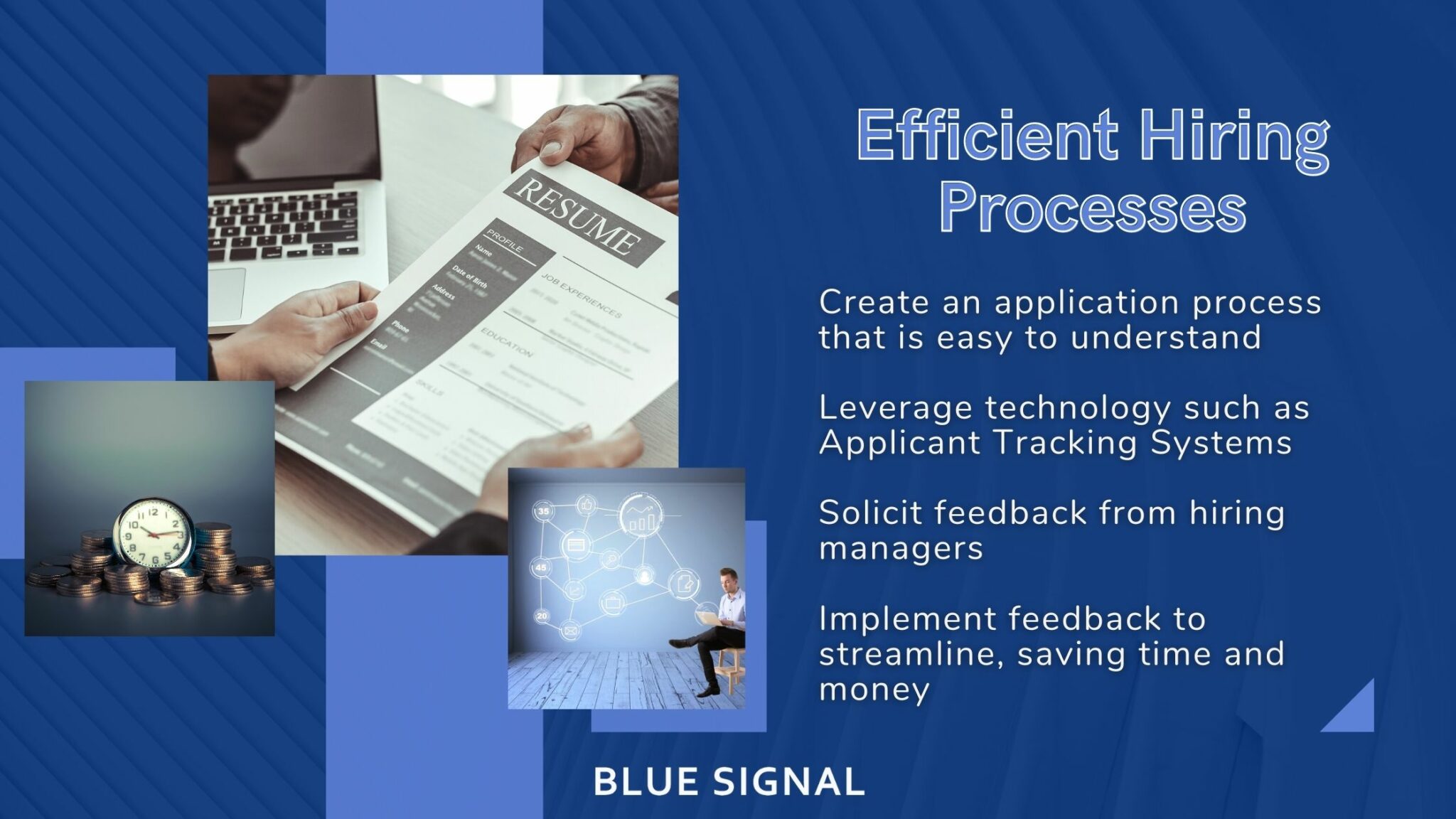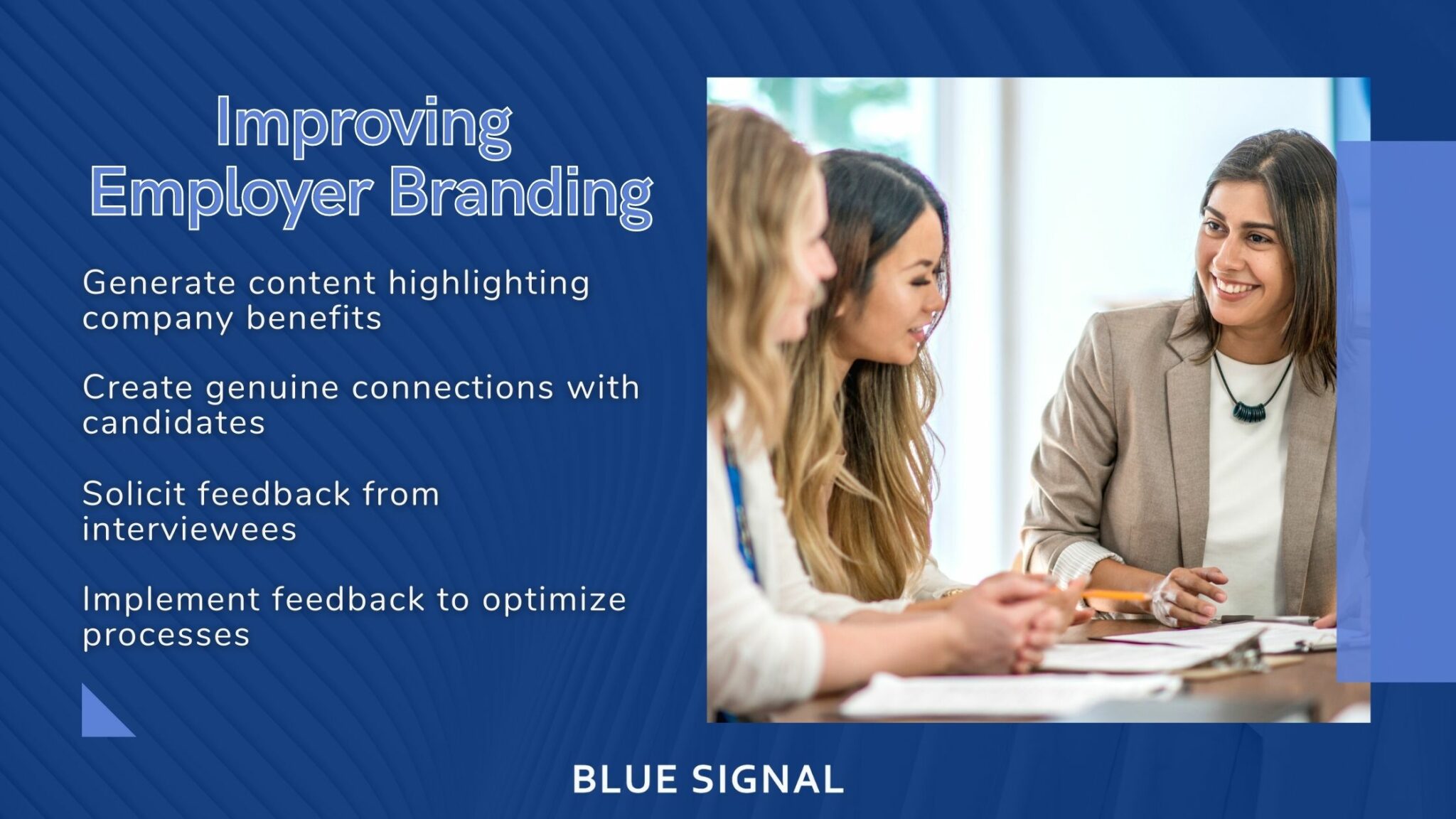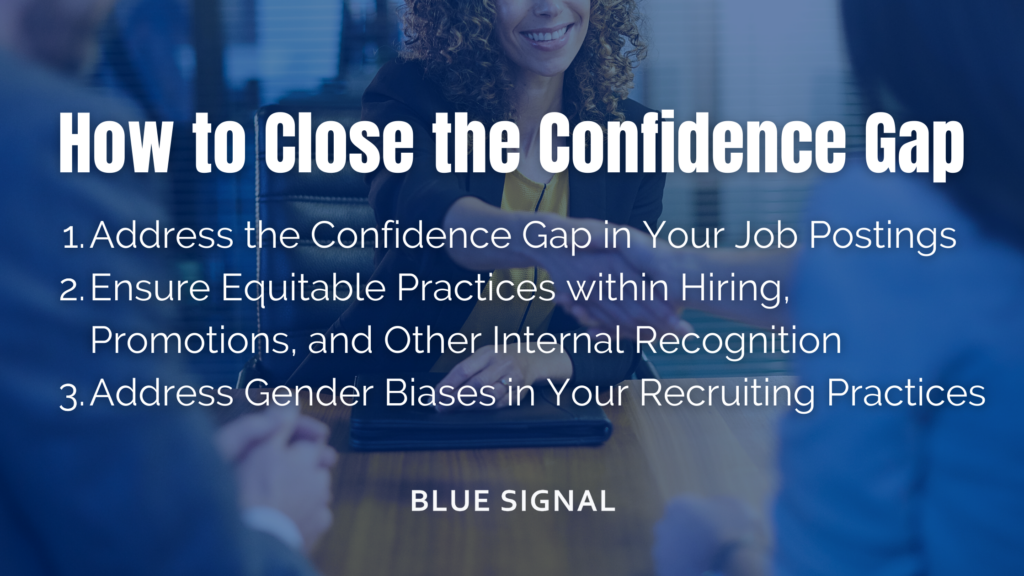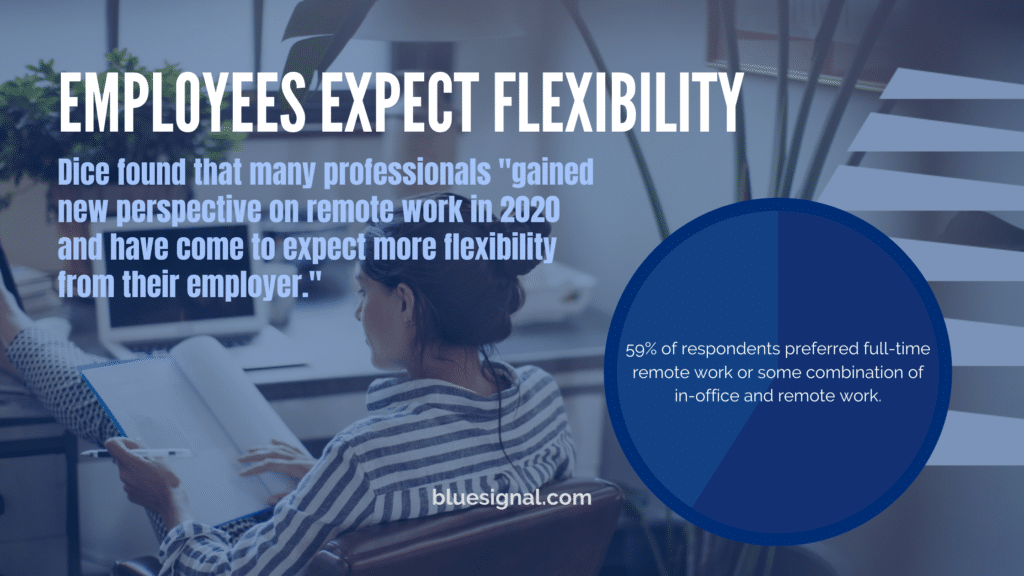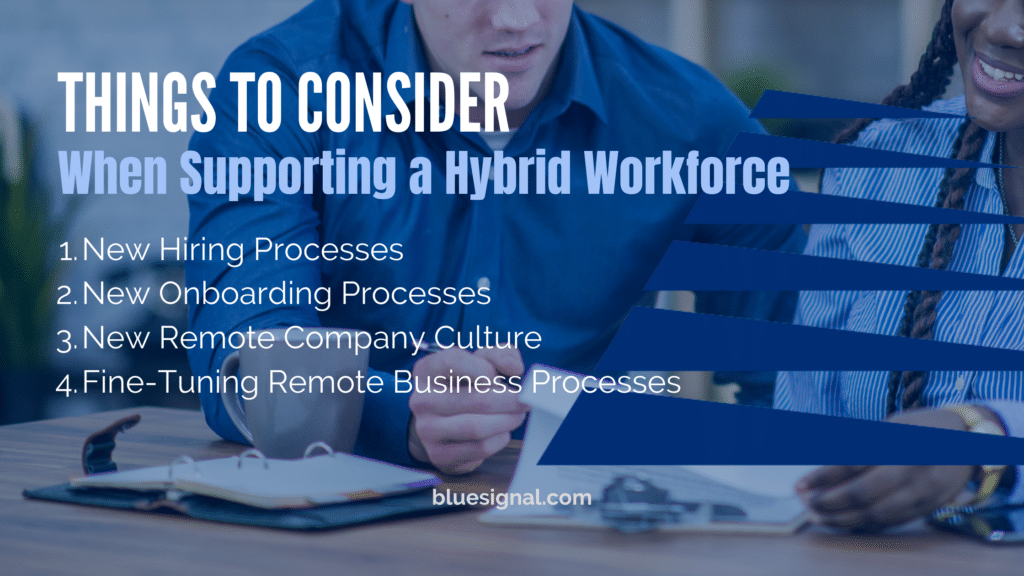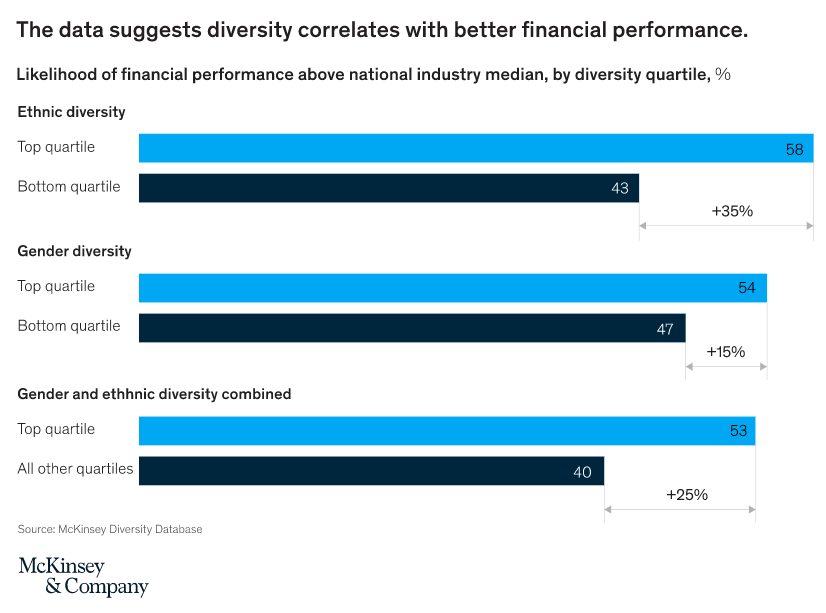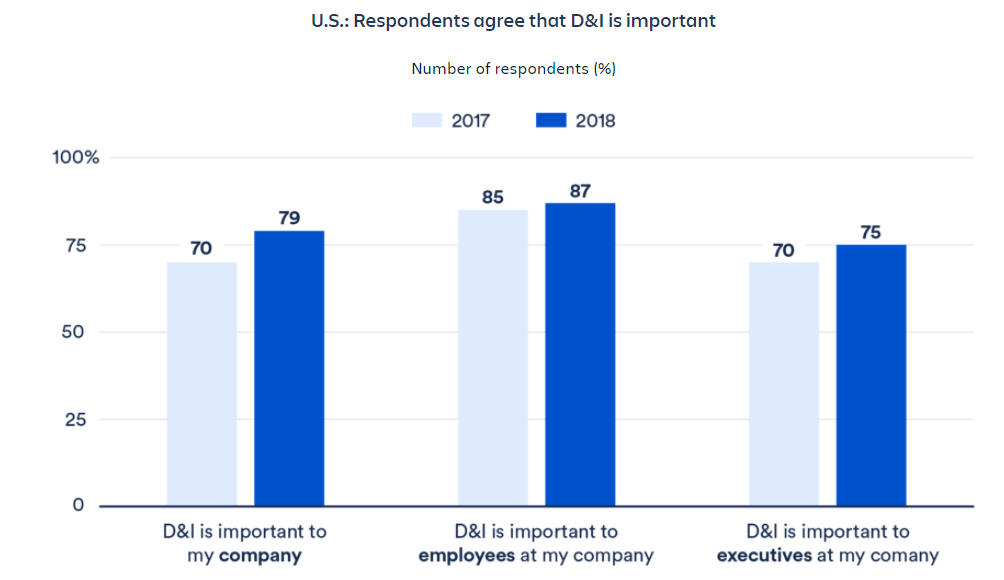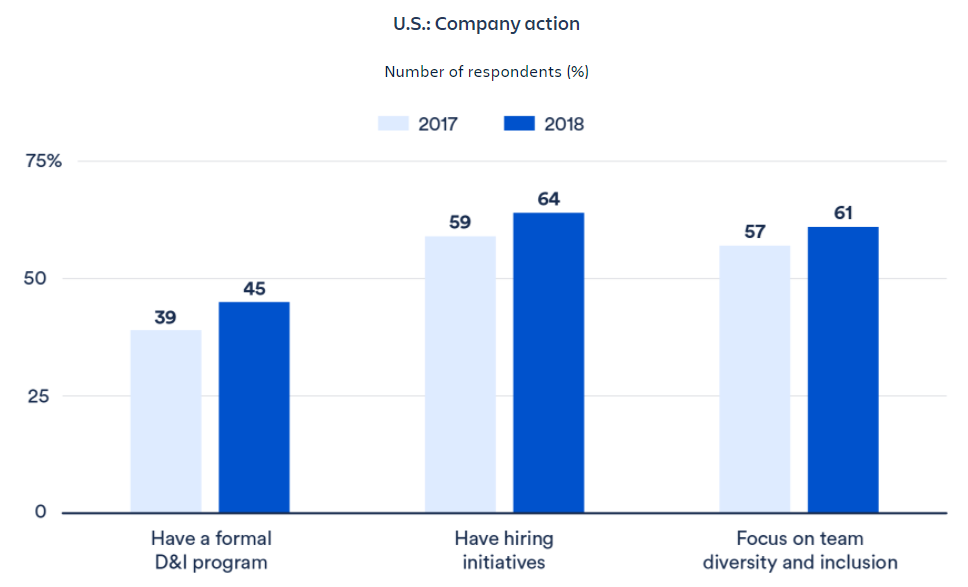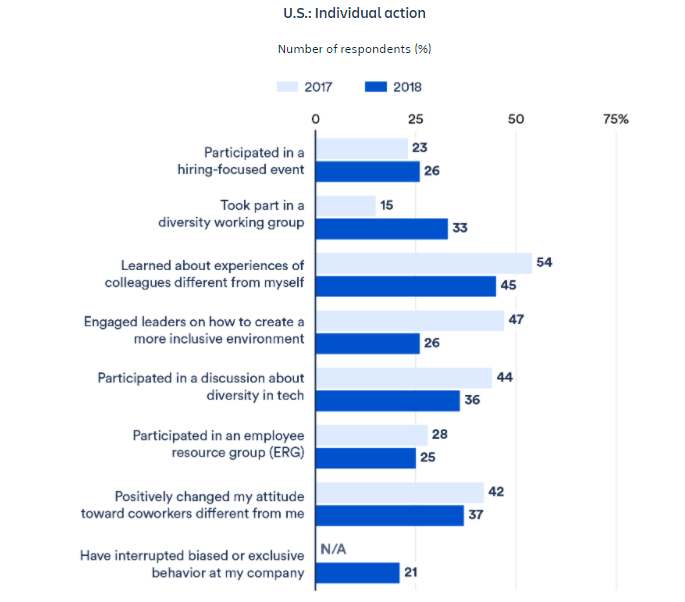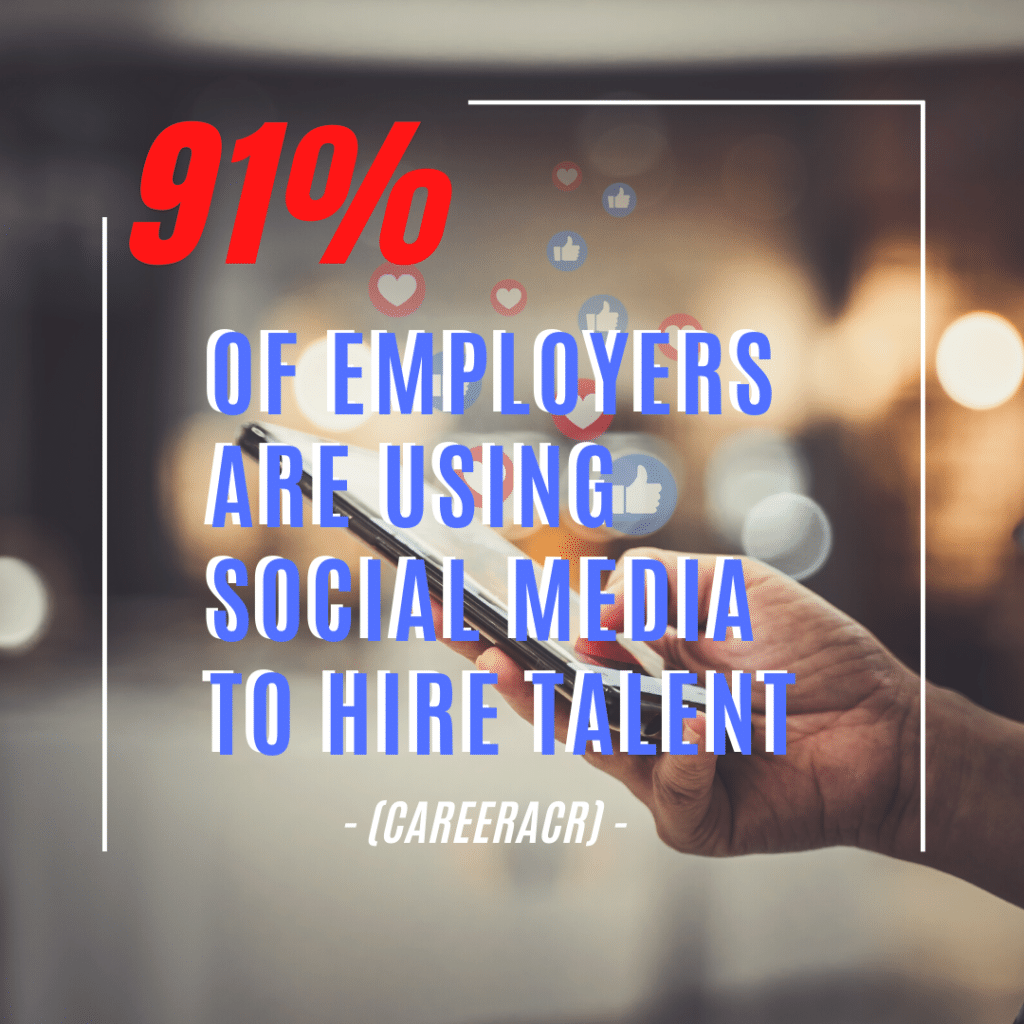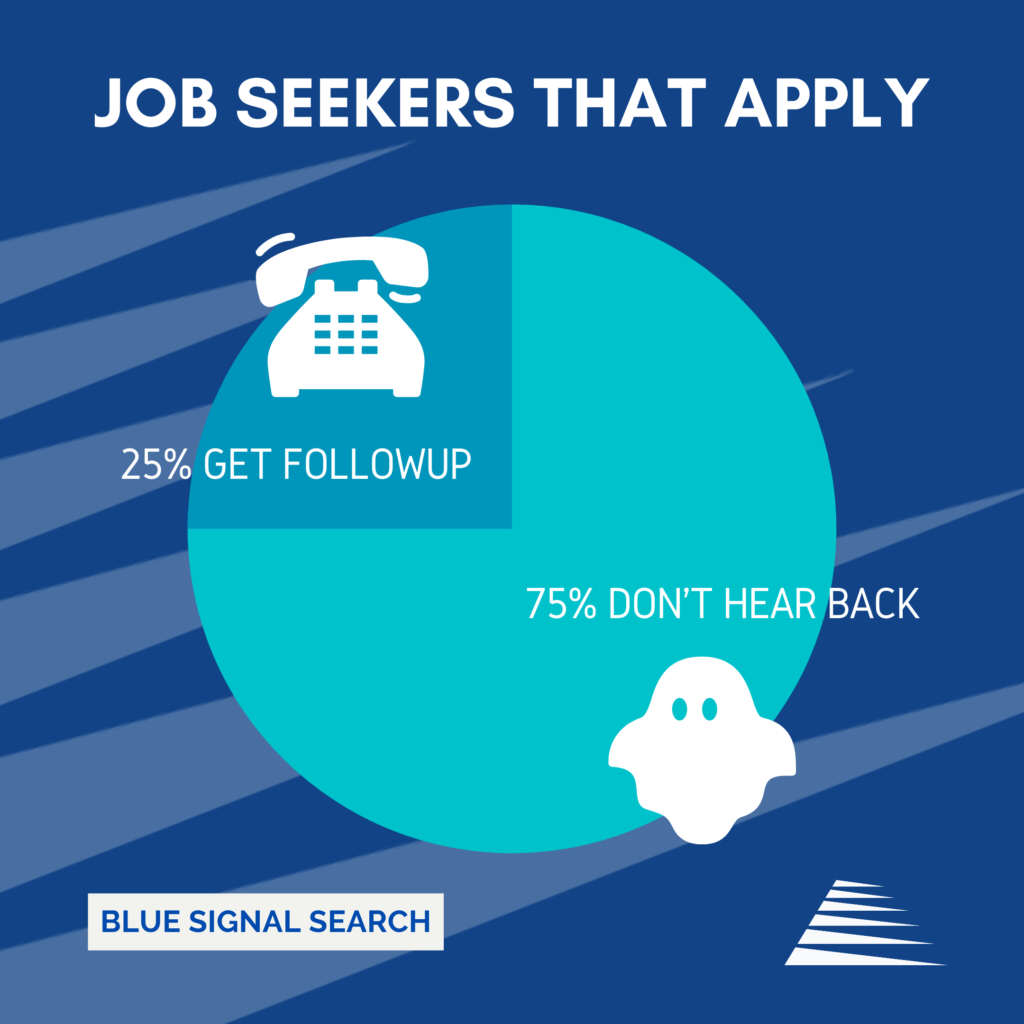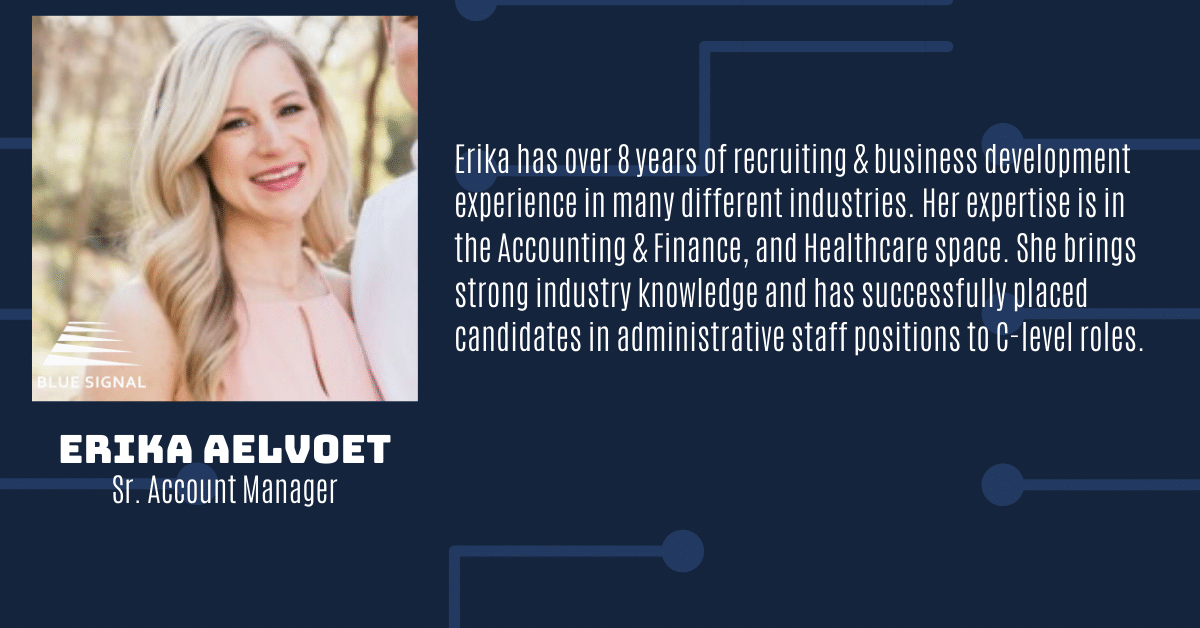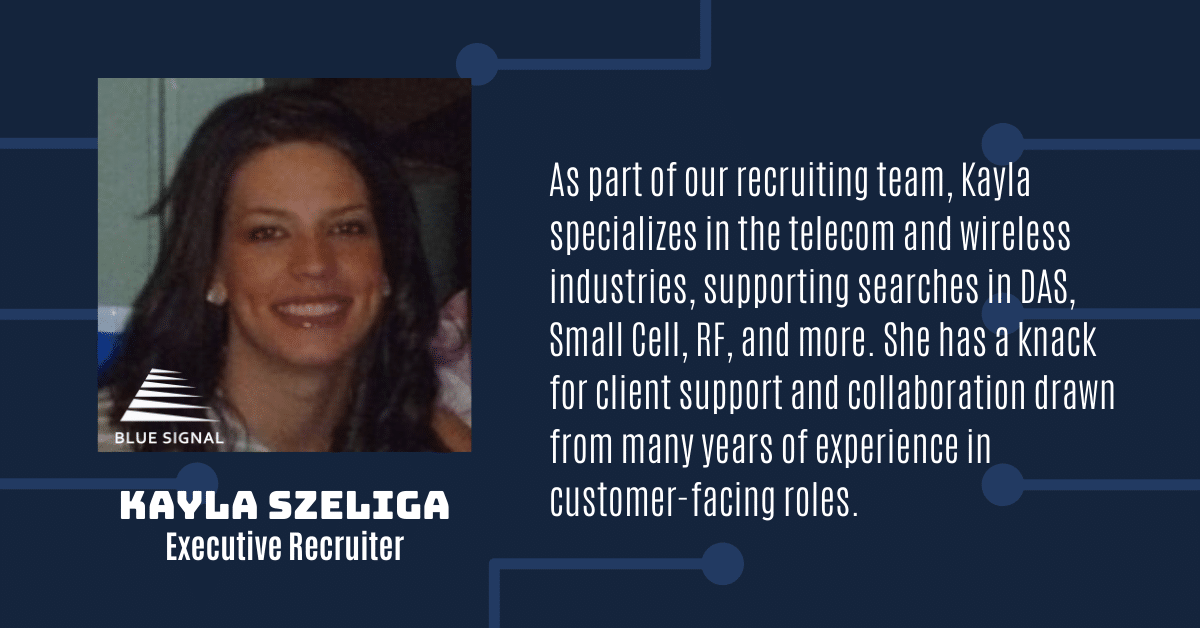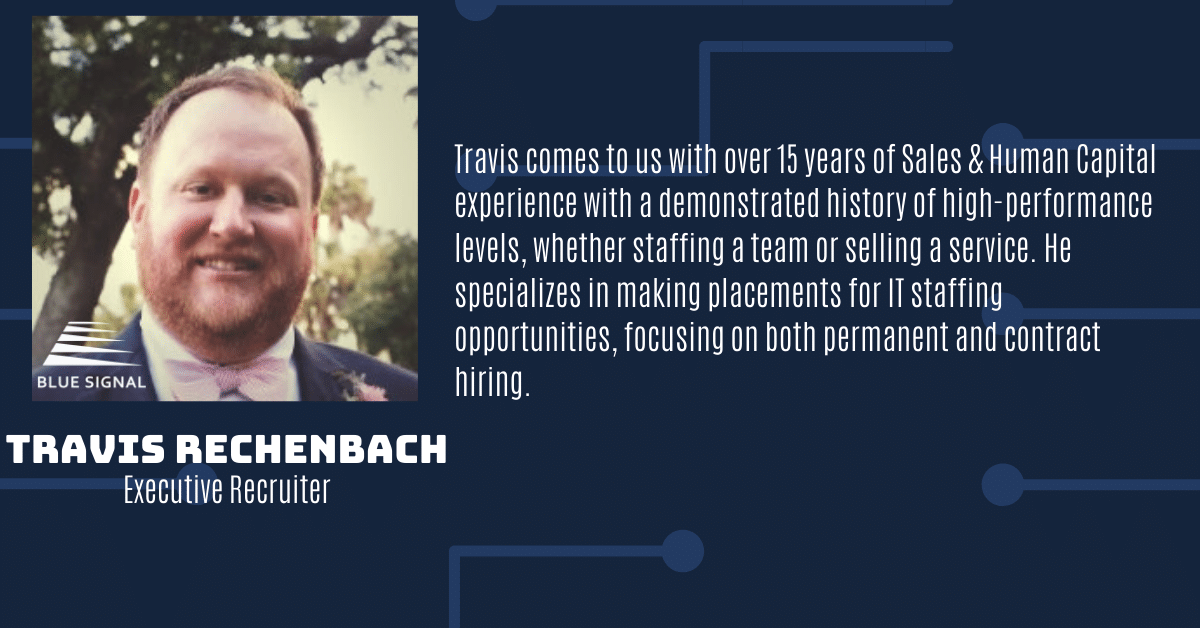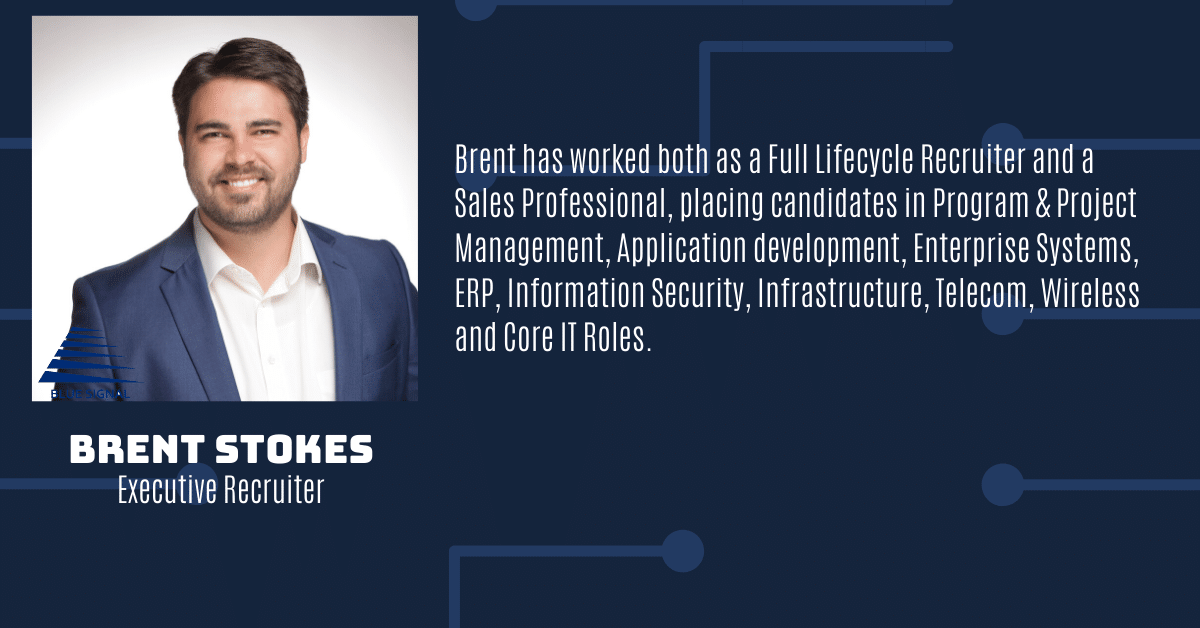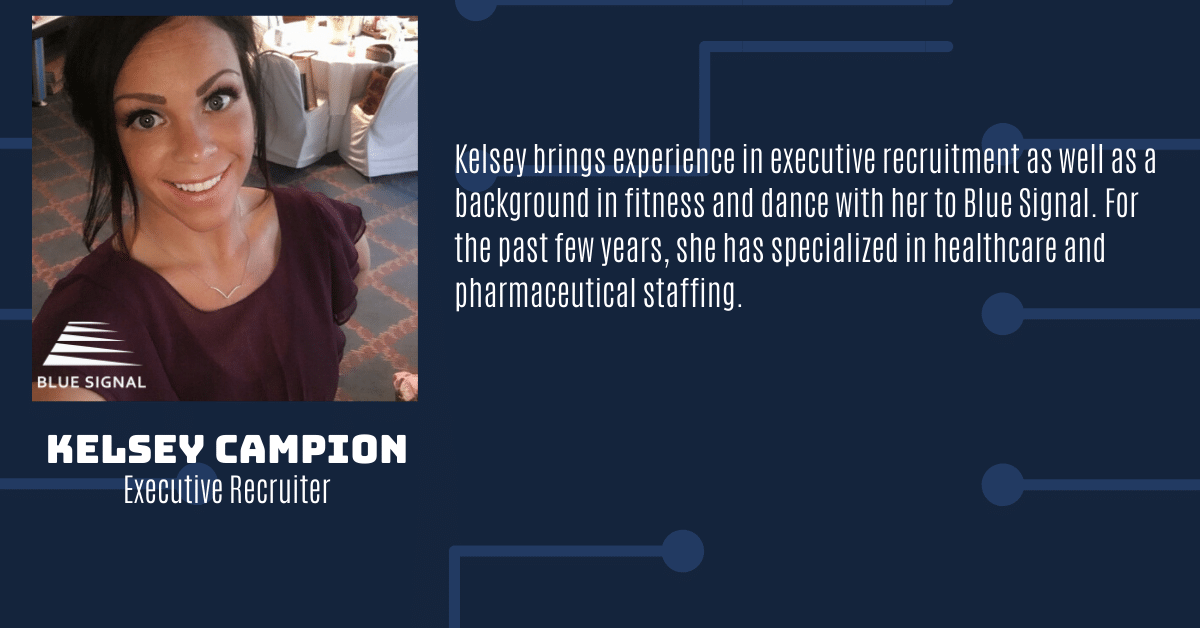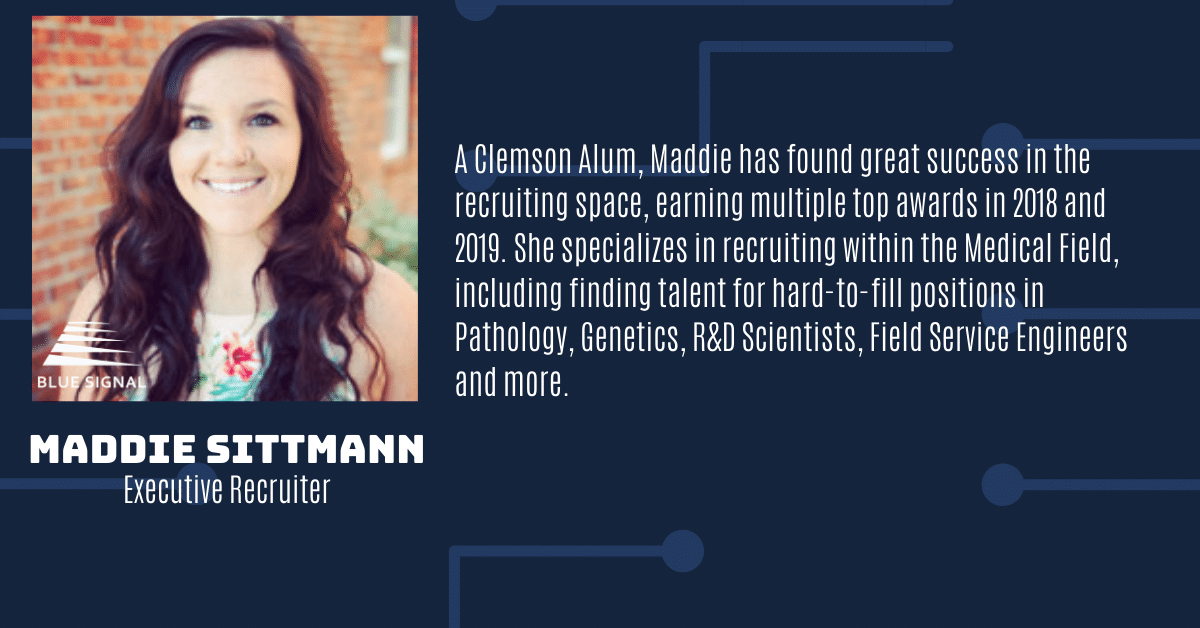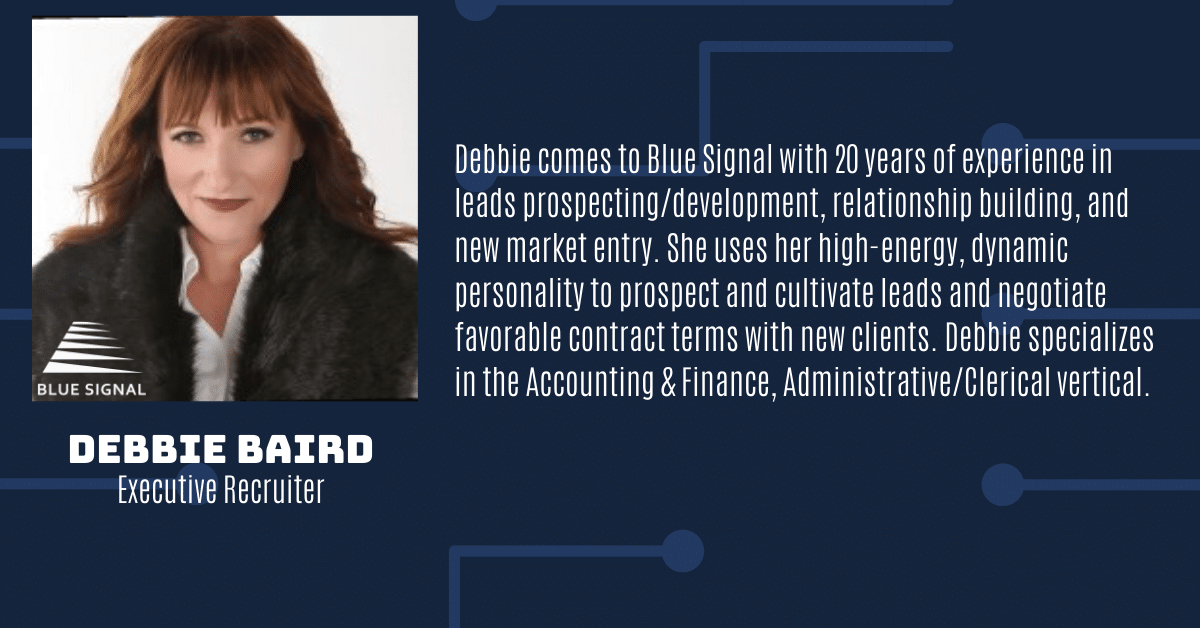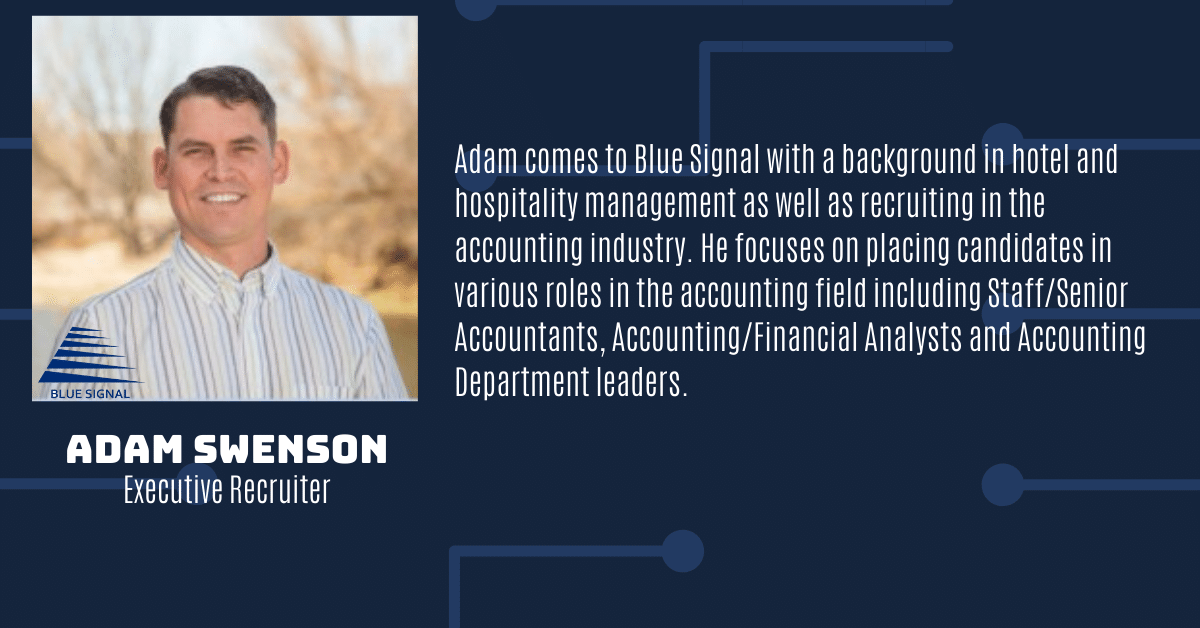As we settle into the new year, the job market continues to evolve, and hiring managers are adapting to new recruitment trends to attract the best talent. At Blue Signal, we recognize the importance of staying up to date with the latest industry knowledge to help our clients source top talent in even the most challenging markets. If you're struggling to navigate the post-pandemic job landscape, you're not alone. In this blog, we'll explore the top five recruitment trends for 2023, providing insights on how you can stand out and succeed in your company's industry. If you’re an employer struggling in your search to hire the best candidates, keep reading to learn about the latest recruitment strategies for the year ahead.
Remote and hybrid work is here to stay.
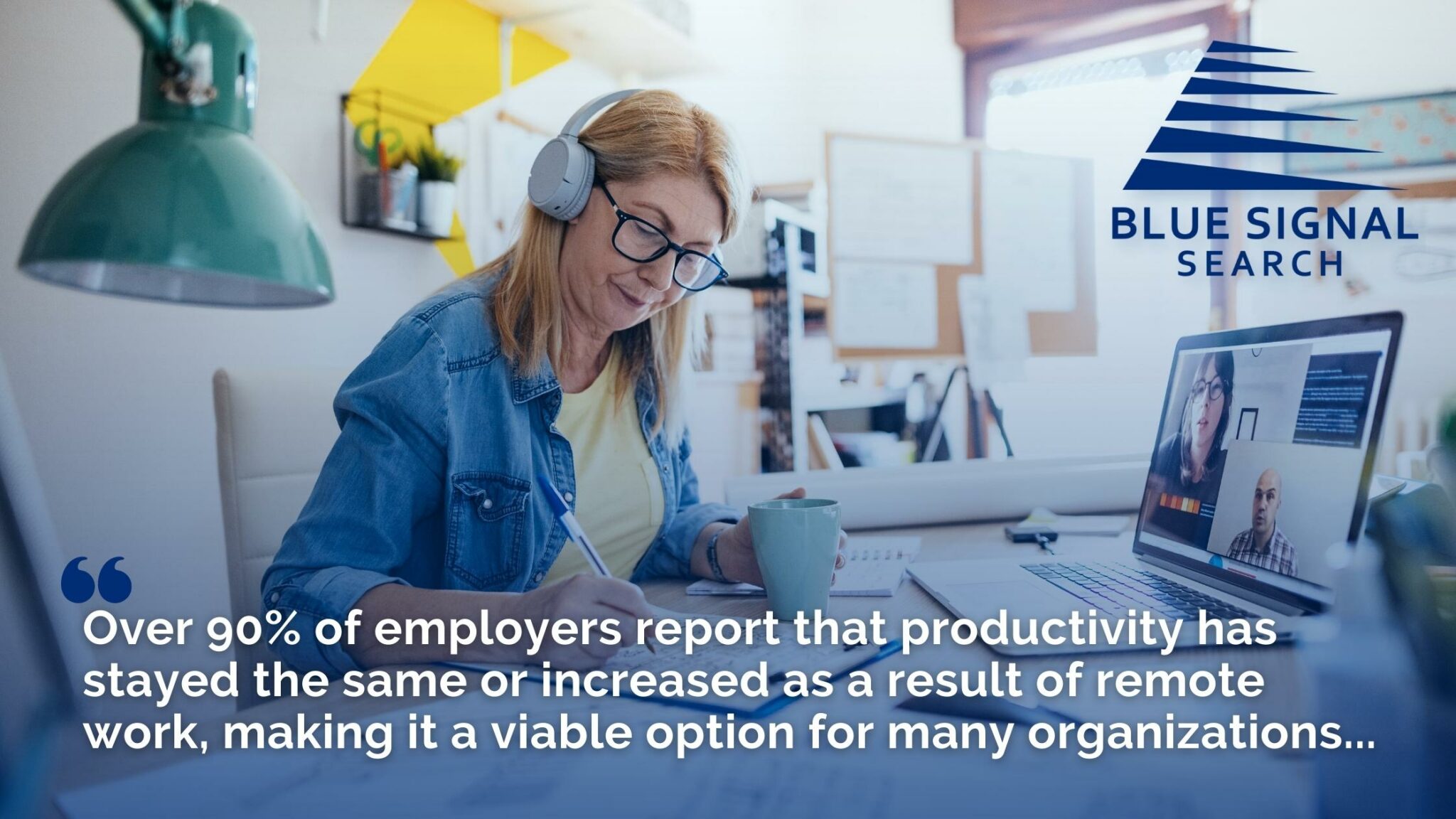
Remote and hybrid work continues to reign supreme amongst recruitment trends for 2023. The pandemic has reshaped both employer and employee expectations regarding flexibility, according to Human Resource Executive. Their research indicates over 90% of employers report that productivity has stayed the same or increased as a result of remote work, making it a viable option for many organizations. Furthermore, employees are looking for flexibility when it comes to what they work on, who they work with, and the amount they work, Harvard Business Review researchers found. This is why companies are investing in improving their employee experience, as reported by a Gartner survey of frontline worker managers. Through proper support, allowing employees to work remotely can increase their sense of value and engagement – resulting in improved employee retention for your business.
Additionally, making a job change is more convenient than in the past now that job seekers have the ability to make the shift from home, making the opportunities and benefits much higher. As CNBC reports, "the cost of switching jobs is lower when remote work is on the table." Overall, remote and hybrid work is amongst the top recruitment trends for 2023, as it provides flexibility and convenience for both employers and employees.
Burnout is on the rise; expand health and well-being offerings.
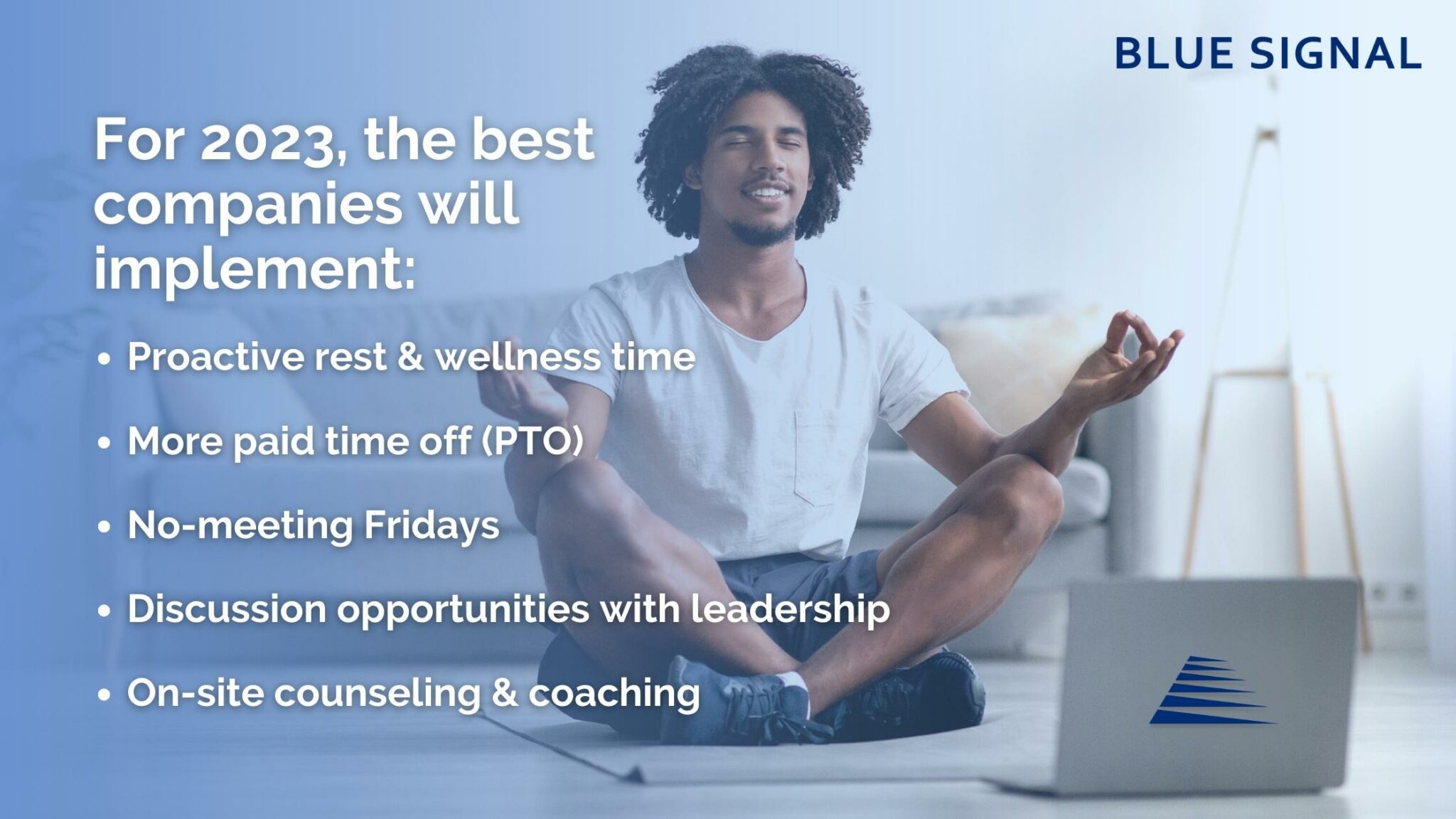
Unfortunately, post-pandemic effects remain in the workforce and employee burnout is on the rise, making it a top concern for recruitment trends in 2023. According to Harvard Business Review, nearly 60% of employees report they are stressed at their jobs, which is higher than even the peaks of 2020. With employees experiencing burnout, companies are starting to realize the importance of expanding their health and well-being offerings to attract and retain top talent. According to Gartner, 82% of employees now say it's essential for their organizations to see them as a whole person, rather than just an employee. In response, companies are implementing proactive rest, more paid time off (PTO), no-meeting Fridays, wellness time, discussion opportunities, on-site counseling, and coaching as recommended by Gartner. These wellness initiatives demonstrate a company's commitment to their employees' well-being, help to alleviate burnout, and will ultimately lead to increased productivity and profitability in the long run.
DEI efforts move forward.
Diversity, Equity, and Inclusion (DEI) efforts continue to be a crucial factor in company recruitment trends in 2023. However, Gartner research reveals that 42% of employees believe that their organization's DEI efforts are divisive, and 2 out of 5 agree that a growing number of employees feel alienated by or resentful of their company's DEI efforts. To address this challenge, HR must equip managers with the tools and strategies to engage resistant employees and address pushback early on before it develops into more disruptive forms of DEI resistance. As Harvard Business Review notes, these strategies can help create a more inclusive work environment that fosters diversity, promotes equity, and builds a culture of belonging where employees feel valued and respected for their unique contributions. By prioritizing DEI efforts and addressing resistance, companies can attract a more diverse pool of talent and create a workplace where all employees can thrive.
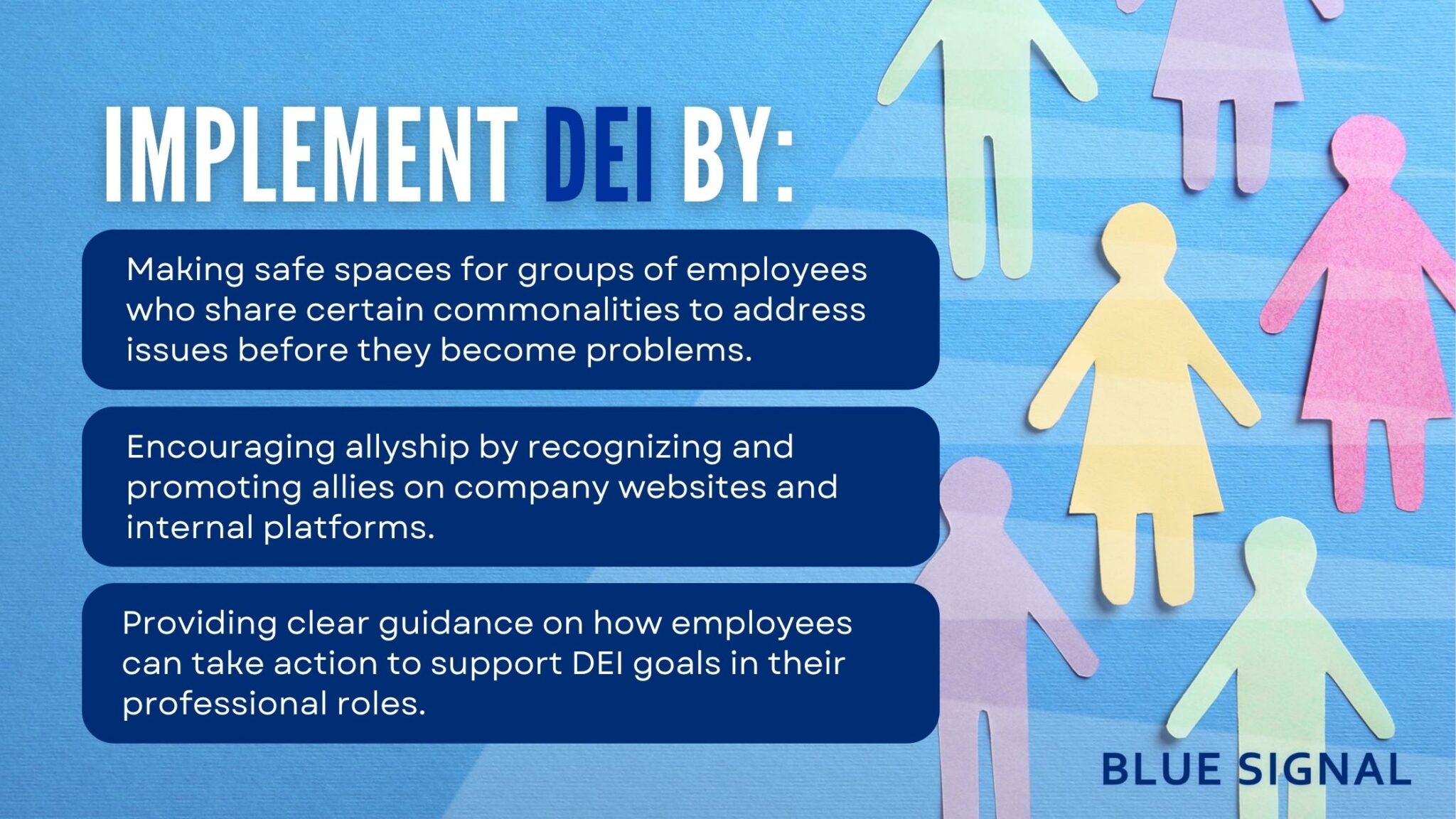
Blue Signal is committed to integrating DEI principles into hiring practices at all levels, and we are continuously exploring ways to enhance this process. Our diversity and inclusion recruiting team possesses the expertise to attract a wider range of diverse candidates and can support you in improving your employer branding to align with D&I values.
Diversified talent pipelines and soft skills dominate recruitment trends in 2023!
Diversified talent pipelines and soft skills are set to dominate recruitment trends for companies in 2023. According to Harvard Business Review, organizations must shift their focus from candidates' credentials and prior experience to assessing their skills to perform the role. Gartner's research on hiring trends of 2023 shows that candidates are charting nonlinear career paths and applying for jobs outside their current areas of expertise. This shift in talent acquisition means hiring managers are now less concerned with industry experience and technical skills. An article from the Harvard Business Review states that employing a skills-based approach can ensure more accurate alignment between job seekers and employment opportunities, significantly increase the size of talent pools, and enhance internal career mobility and employee dedication. Furthermore, they report that the skills-based approach holds the potential to mitigate the inequalities in the economy and society, which are damaging to the well-being of institutions. This is why it is essential to expand your company’s range of talent sources and prioritize the development of soft skills in order to diversify talent pipelines and stay on top of 2023 recruitment trends.
Why you should work with a recruiter in 2023.
As recruitment trends continue to evolve in 2023, it's becoming increasingly important for companies to work with recruiters to find and attract top talent. At Blue Signal, our recruiters are experts in navigating the job market and can provide valuable insights into emerging recruitment trends, allowing companies to stay ahead of the curve and attract the best candidates. Our recruiting team can help companies build strong employer brands, which is critical in attracting and retaining top talent. By working with Blue Signal, companies can leverage their expertise and resources to find the right candidates for their organization, ensuring a more efficient and effective executive hiring process. Ultimately, working with a recruiter can help companies save time and money while ensuring they have the talent needed to achieve their business goals in 2023 and beyond.
Don't let the daunting task of implementing these recruitment trends overwhelm you - let a professional take the pressure off your hands. Take the first step towards improving your hiring process by contacting a recruiter today!
Implement these top recruitment trends into your hiring practice.
With the job market constantly changing, it is essential for hiring managers to stay informed about the latest hiring strategies to attract and retain top talent. At Blue Signal, we understand the importance of staying up to date with industry knowledge and providing clients with innovative solutions to overcome even the most challenging hiring obstacles. We hope that our exploration of the top five recruitment trends for 2023 has provided valuable insights for employers looking to differentiate themselves and succeed in their respective industries. As your partner in the process, we encourage employers to stay on top of the latest hiring strategies to ensure they have the best chance of finding and securing the right candidates for their organizations. Click the icons below to join our social media community and stay up to date on all the latest hiring trends!
Partner with us for your next hire.
Set up a free consultation with a recruiting manager. Tell us about your hiring need.
By submitting this form, you consent to receive communications from Blue Signal, including phone calls, emails, and text messages.
